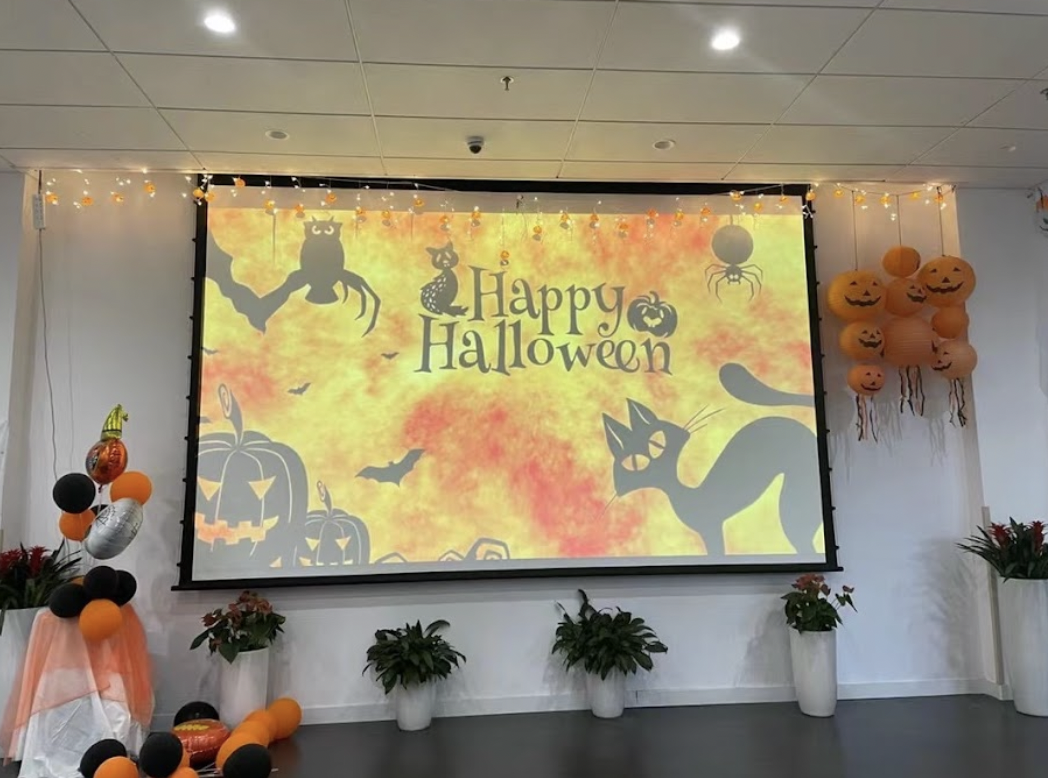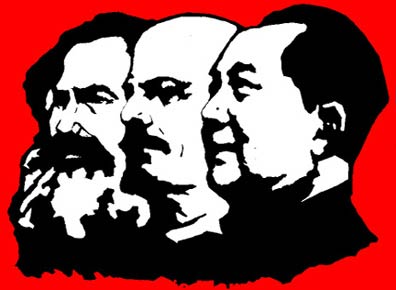Its the scariest time of the year. Its the time of year when tiny Iron Mans, inflatable green aliens, and Hogwarts witches and wizards terrorize neighborhoods across America. They demand candy. And for those who refuse to cede their sweets, a fate of trickery and pranks awaits. Or does it?
Today, Halloween night is a time for family fun. Generous households sit ready with assorted 150-piece candy bags awaiting the next recipient of sweets. However, the modern activity of “trick-or-treating” mainly represents the “treat” half of the expression. So, what has happened to “tricking”? Let’s look at the history of this beloved October activity.
It Started With Samhain
The earliest form of Halloween was the Celtic tradition of Samhain (pronounced “sow-win”), which originated around 2,000 years ago. The Celtics believed that on the night of October 31, ghosts returned to the world to haunt the living. To blend in with evil spirits, people put on animal skins and masks, thus creating the tradition of dressing up in costumes. A few hundred years after the first celebration of Samhain, another tradition emerged. After donning their costumes, people went door-to-door to perform, sing, and dance in exchange for food. These people, known as mummers, were the first trick-or-treaters.
Introduction to the US
During the 19th century, the US experienced a rise in Irish immigrants due to the Irish Potato Famine. With them, the Irish brought All Hallow’s Day, a version of Samhain that had been adopted by the Catholic church. At this point, the traditions of mumming and costuming had each undergone a few slight evolutions. Mumming had become souling. Soulers who went door-to-door didn’t just perform but also prayed for the souls of loved ones in purgatory. The simplicity of dressing up in animal skins had evolved into more elaborate costumes of witches, devils, jesters, and ghouls.
Trouble Arises
In the 19th and 20th centuries, troublesome adolescents began realizing the potential for mischief hidden in the darkness of the night of October 31. Halloween night became a popular time for groups of kids to get together and orchestrate pranks. These pranks ranged from simple plans of cutting down neighbors’ shrubs and soaping windows to expansive schemes of setting off pipe bombs and painting over entire houses with black paint.
However, by the 1900s, some pranks could no longer be simply labeled as “harmless fun”. Kids were vandalizing and damaging property, and committing violent acts.
Family-Friendly
Concerns around the destructive pranking of Halloween were voiced throughout the early 20th century and were especially expressed as the US became involved in World War II. For example, in 1942, The Superintendent of Schools in Rochester, New York wrote, “Letting the air out of tires isn’t fun anymore. It’s sabotage. Soaping windows isn’t fun this year. Your government needs soaps and greases for the war.”
To prevent younger children from following in the pranking footsteps of their older siblings, community leaders sought to redesign the image of Halloween around the more family-friendly aspects of the holiday. Through articles, radio programs, and TV episodes aimed at families, the fun parts of trick-or-treating were broadcasted to the country. Thus, the idea of trick-or-treating as a family tradition increasingly gained traction, and the number of destructive pranks gradually decreased. Parents learned to begin preparing treats, and children began to await the celebration of Halloween.
So that’s how trick-or-treating became what it is today. Hopefully, as you dress up and collect your treats this Halloween, you can think about the traditions that shaped this activity.
Sources:
Bannatyne, Lesley. “When Halloween Was All Tricks and No Treats.” Smithsonian Magazine, 27 October 2017, https://www.smithsonianmag.com/history/when-halloween-was-all-tricks-no-treats-180966996/. Accessed 12 October 2023.
Kanuckel, Amber. “Why Do We Trick Or Treat?” Farmers’ Almanac, 27 September 2022, https://www.farmersalmanac.com/why-do-we-trick-or-treat-25565. Accessed 12 October 2023.
Kosloski, Philip. “Souling for cakes and beer: The Catholic tradition of trick-or-treating on Halloween.” Aleteia, 31 October 2019, https://aleteia.org/2019/10/31/souling-for-cakes-and-beer-the-catholic-tradition-of-trick-or-treating-on-halloween/. Accessed 12 October 2023.
Solomon, Kristine. “The Dark and Fascinating History Behind Trick-or-Treating.” Business Insider, 22 October 2019, https://www.businessinsider.com/trick-or-treating-halloween-history-2019-10#by-the-19th-century-the-catholic-church-had-coopted-samhain-and-the-celtic-new-year-rechristening-them-all-hallows-eve-and-all-souls-day-2. Accessed 12 October 2023.
















![Teacher [Milk] Tea: Part 2](https://bisvquill.com/wp-content/uploads/2024/03/Screen-Shot-2024-03-19-at-9.28.48-PM.png)

































